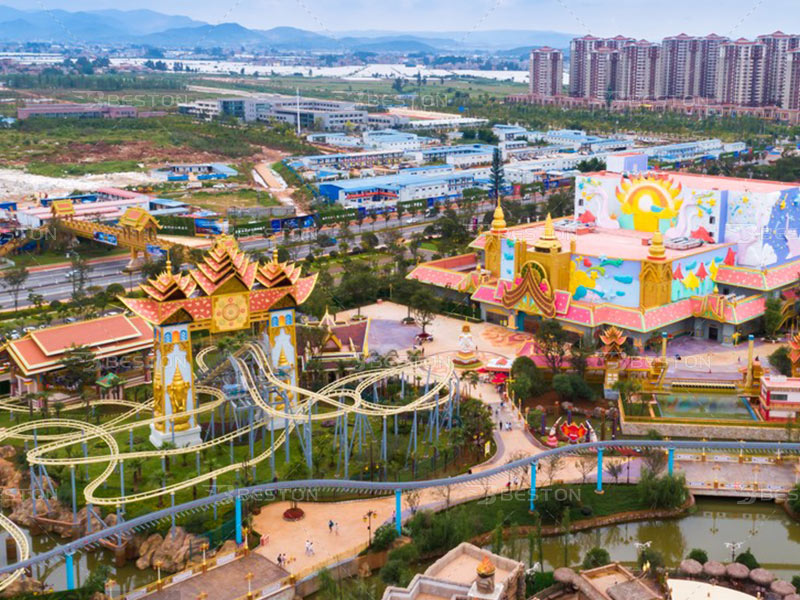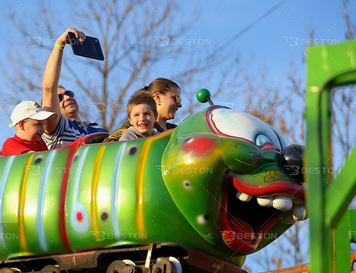Roller coasters stand as iconic symbols of thrill and excitement in amusement parks, attracting visitors with their adrenaline-pumping rides and dynamic features. The process of selecting the right roller coaster for an amusement park involves a myriad of considerations that go beyond the excitement factor. Here are five key factors influencing the choice of roller coasters:
1. Theme and Park Identity
Amusement parks often have unique themes and identities that define their character and appeal. When selecting a roller coaster for sale, park operators prioritize rides that align with the overarching theme. Whether it’s a fantasy-themed park, a water park, or a park with a historical backdrop, the roller coaster should seamlessly integrate into the overall atmosphere, enhancing the visitor experience. The visual aesthetics, color schemes, and design elements of the coaster contribute to the park’s storytelling and immersion.
2. Target Audience and Demographics
Understanding the target audience is paramount in choosing a roller coaster. Parks cater to diverse demographics, including families with children, teenagers, and thrill-seeking adults. Roller coasters come in various sizes and intensities, and selecting a thrill rides for sale that resonates with the primary audience ensures maximum visitor satisfaction. Family-friendly coasters may feature milder elements suitable for all ages, while intense coasters with inversions and steep drops cater to those seeking a more exhilarating experience.

3. Budgetary Considerations
The financial aspect plays a pivotal role in the roller coaster selection process. Parks need to establish a budget that covers the purchase cost, installation, ongoing maintenance, and potential future upgrades. The size, complexity, and features of the roller coaster directly impact its price. Balancing the desire for an exciting amusement park rides for sale with the available budget is crucial for sustainable operations and long-term financial viability.
4. Safety Standards and Certification
Ensuring the safety of park visitors is paramount, making compliance with international safety standards and certifications a non-negotiable factor. Park operators must work with reputable roller coaster manufacturers known for their commitment to safety and quality. Certifications from organizations like the International Association of Amusement Parks and Attractions (IAAPA) and adherence to industry safety regulations are critical in instilling confidence in both park operators and visitors.
5. Technological Innovation and Ride Features
Technological advancements in the amusement industry continually introduce new features and ride elements that enhance the roller coaster experience. Parks look for rides with innovative elements such as virtual reality integration, interactive features, and unique track designs. Technologically advanced roller coasters not only provide thrilling rides but also contribute to the park’s image as a modern and dynamic entertainment destination.

In conclusion, selecting the right roller coaster involves a delicate balance between theme integration, audience appeal, budget considerations, safety standards, and embracing technological innovations. By carefully evaluating these factors, amusement park operators can make informed decisions that result in roller coasters that not only meet safety standards but also captivate visitors and contribute to the overall success and identity of the park.
